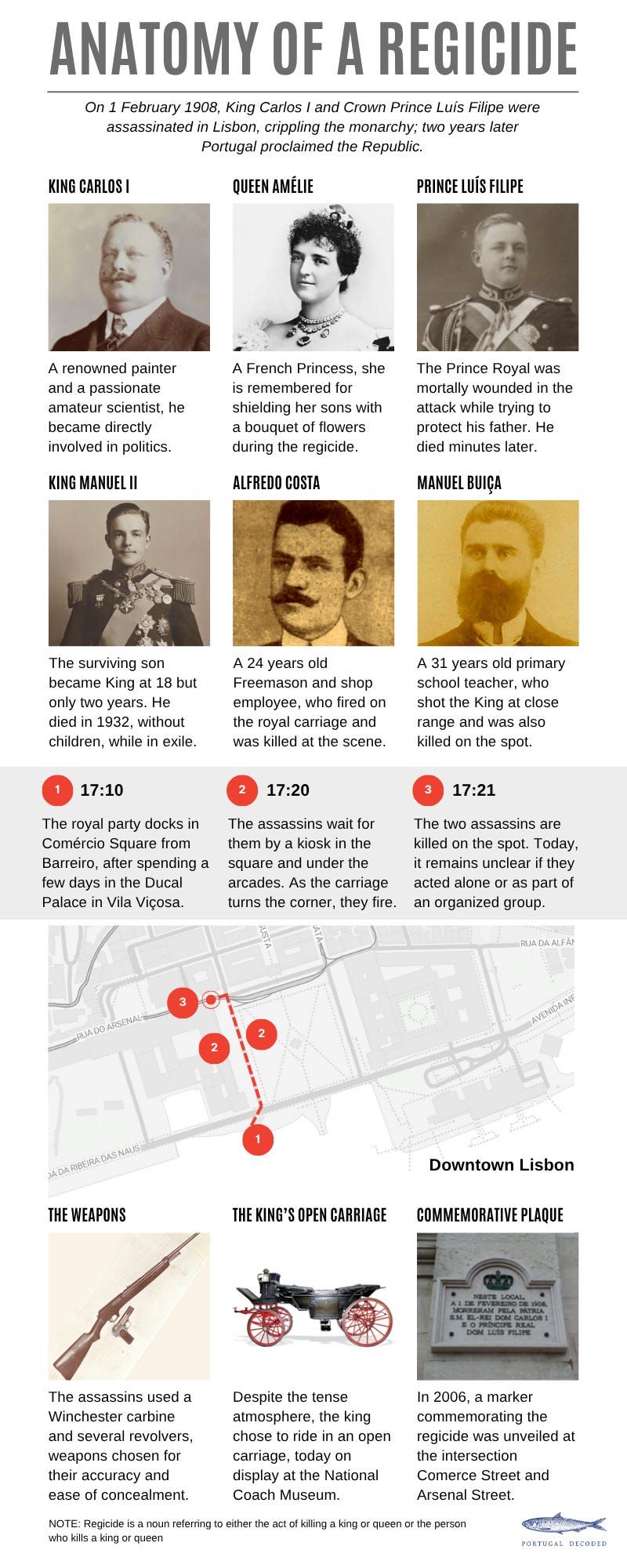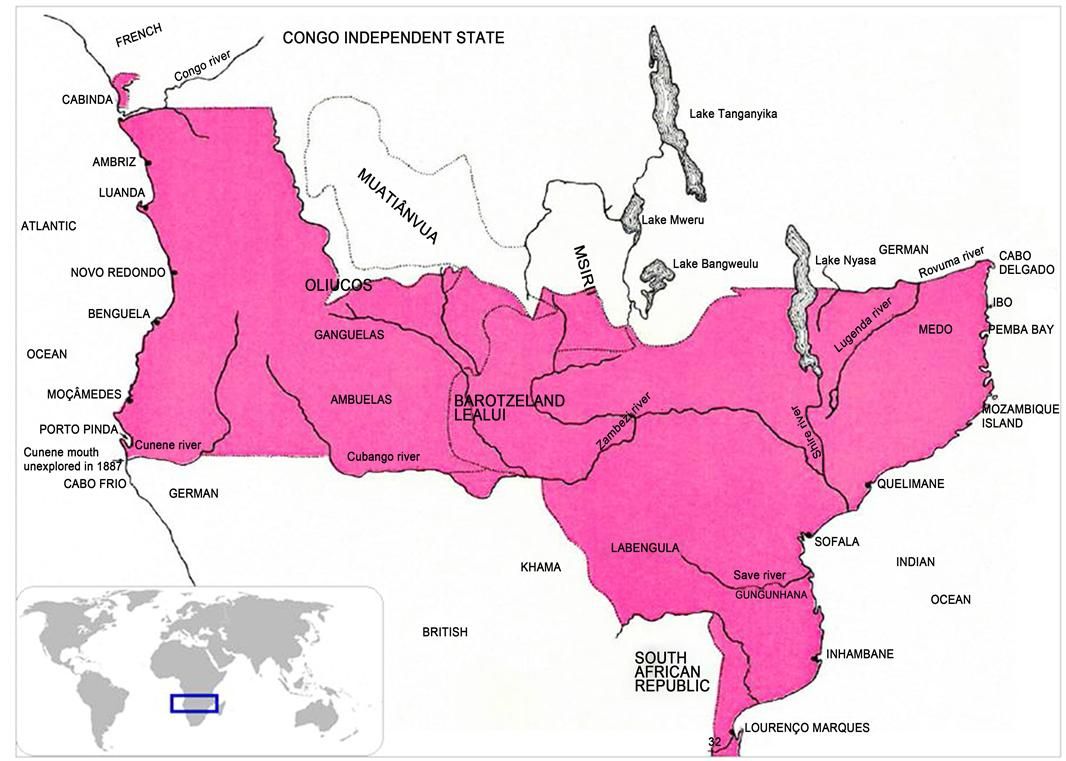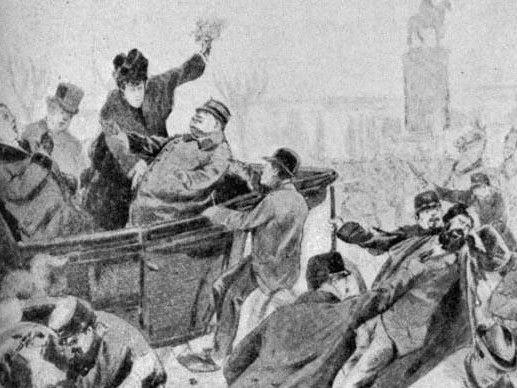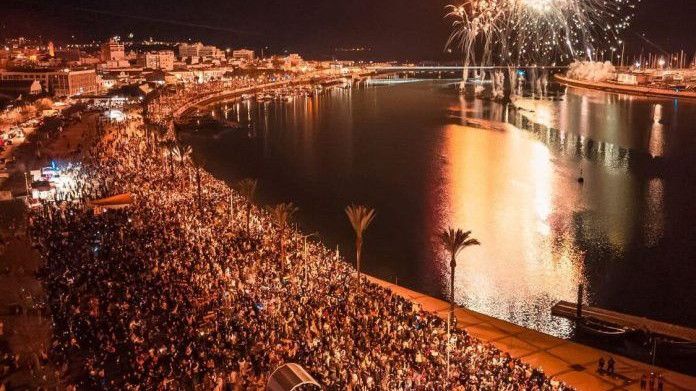The proclamation of the Republic in Portugal was not a linear process; there was a series of events that did not make the Portuguese population receptive at the beginning of the 20th century. There was a significant economic crisis, and the country's debt to foreign countries continued to increase. The industry was not seeing any growth, and the agriculture was stagnant. People were losing their jobs, and the belief in the monarchy was vanishing, except among the elites, who were probably benefiting from the monarchy.
The turning point for the population was led by foreign humiliation that the Portuguese felt. Portugal was planning to occupy a territory in Africa from Angola to Mozambique, which crossed a part of the territory that was of the English monarchy's interest. The well-known “Pink Map”, which resembled the territory in which Portugal was interested, lost its meaning after the “British Ultimatum”, which stated that Portugal could not occupy the territory.
In 1906, Prime Minister João Franco was allowed, by King Carlos, to obtain more executive powers in the country. Therefore, allied with the discredit of the monarchy, censorship measures were applied, as well as some civil liberties were ended. People who could be against the regime were arrested, and the fury among Republicans kept on growing.
In 1908, a decree was signed allowing to arrest of opponents to the monarchy without facing a trial. However, some people believe that the king declared that his death sentence was signed, leading the people to decide. And it, in fact, happened.

The regicide
The royal family was returning to Lisbon from a season in Vila Viçosa. The King, the Queen and the heir to the throne travelled to Lisbon, following the usual protocol, without reinforcing the security. The royal family was in an open wagon, through the Terreiro do Paço, in Lisbon.
Out of a sudden, a shot is heard, and the panic is instilled. One of the bullets was targeted at the king’s neck, killing him immediately. A mass shooting was reported, as various shooters from different points of the square were shooting at the Royal wagon.
The dead body of the king fell on the floor, and another shooter shot the king’s corpse. The Queen tried her best to stop them, with the only weapon that she was carrying, a bouquet. Alfredo Costa, who shot the king’s dead body, has also killed Luís Filipe, the prince and heir to the throne. The prince did not die instantly and was able to kill Alfredo Costa. But a larger bullet targeted his face, and he eventually died in Terreiro do Paço.
When escaping from the crowd, the youngest prince, D.Manuel, was shot in his arm; however, he survived and became the last king of Portugal.
The proclamation of the Republic
D.Manuel II, not prepared to be a king, was declared King of Portugal, and the dictatorship in the country ended, and the political prisoners were freed.
Besides the new regime, the political and social instability was still felt in the country. On 3rd October 1910, the politicians were already expecting a revolution, and the police and military were placed in strategic positions in Lisbon to prevent major accidents.

The revolution started on 3 October 1910, with bombings taking place in Palácio das Necessidades, where the King was located. The King has escaped to Sintra, to be next to his mom and grandmother, while the Royal forces were trying to combat the attacks of the Republican forces.
The combat has stopped after the news of a ceasefire, followed by meetings that were spread. On 5 October, the Portuguese Royal Family was exiled, with the first stop of the royal yacht being Gibraltar.
With the departure of the Royal Family, the Republic was implemented, and the regime still lingers on in the country.












This article is horribly written. It uses poor gramar and the text is unclear and even contradictory in certain places. It was either generated by AI, poorly translated from the original in Portugues (I doubt this) or , simply, as I suspect, sloppily written. I expect more from this publication.
By Luis Valente from USA on 26 Oct 2025, 00:17